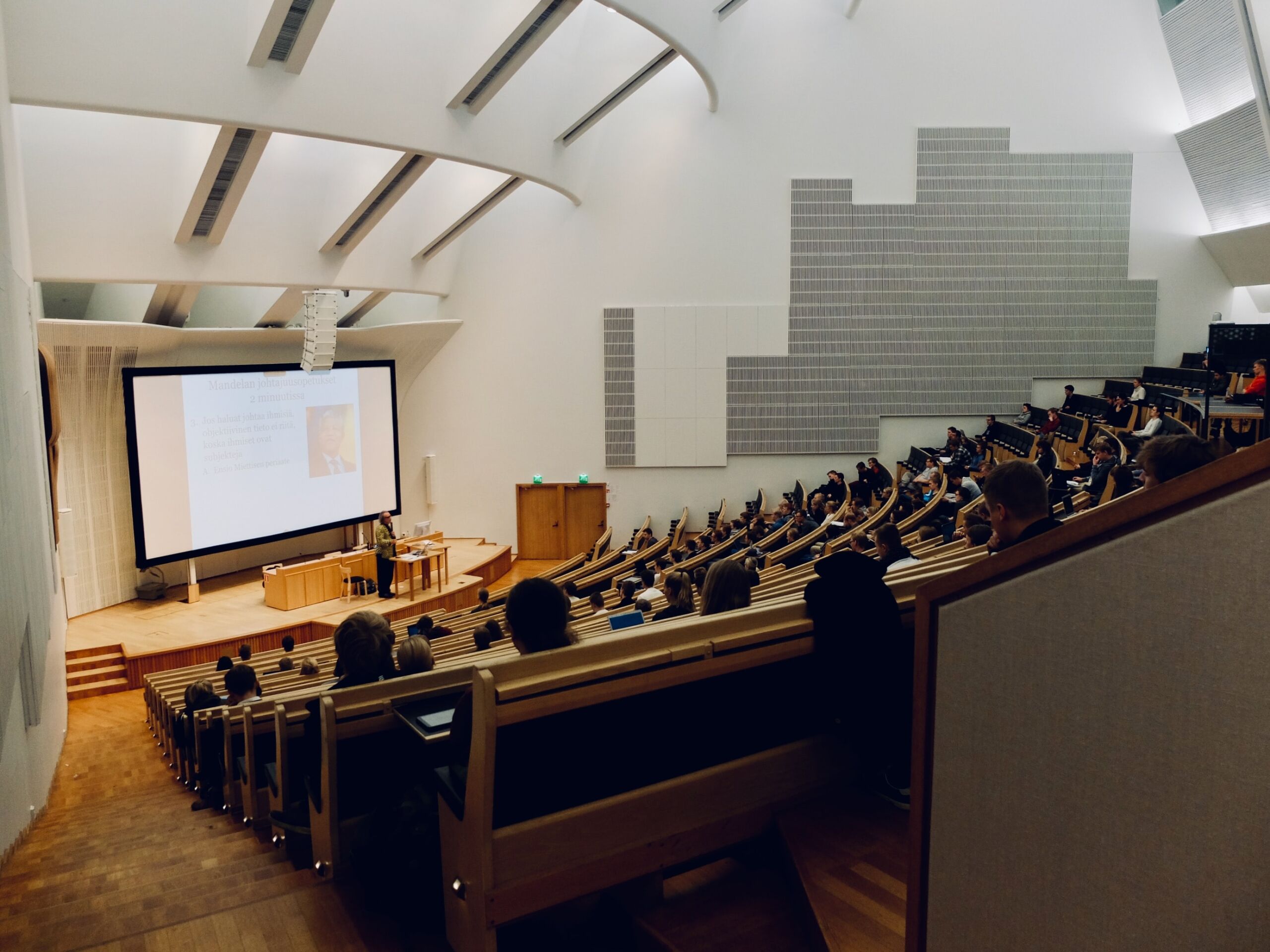Sažetak
From the Generation of Single Molecule Sensors to Applications in Nanomedicine and Analytical Chemistry Singlebiomolecules (e.g.antibodies) are able to specifically recognize and bind their corresponding partner with high efficiency. This process plays a pivotal role in biology, physiology and medicine. From the chemical point of view bio‐recognition can be described as a combination of non‐covalent weak interactions including electrostatic (ionic), hydrophobic, and van der Waals interactions as well as hydrogen bonding. Furthermore, steric aspects, especially the complementary structure of the two binding partners, are highly relevant for complex formation and stability. Taken together all these aspects determine both, the strength and the characteristic life time of the bond. To determine receptor ligand interactions on the molecular level, the atomic force microscopy (AFM) based molecular recognition forcespectroscopy (MRFS) offers the most versatile approach to explore forces during the bio‐recognition processes at the molecular level. In MRFS the tip of an AFM cantilever is upgraded to a molecular biosensor resulting in a single ligand molecule tethered at the outer tip apex, which is allowed to interact with its corresponding binding partner (e.g.isolated proteins, artificial or native biomembranes or living or fixed cells). As a result, molecular interaction forces and complete energy landscapes can beexplored, gaining insights into structure and function of nanomedical relevant receptor ‐ ligand pairs. Furthermore, using biosensing tips for imaging (performing topography and recognition imaging, TREC) allows investigating surface topography and mapping recognition sites simultaneously with nanometer accuracy.



